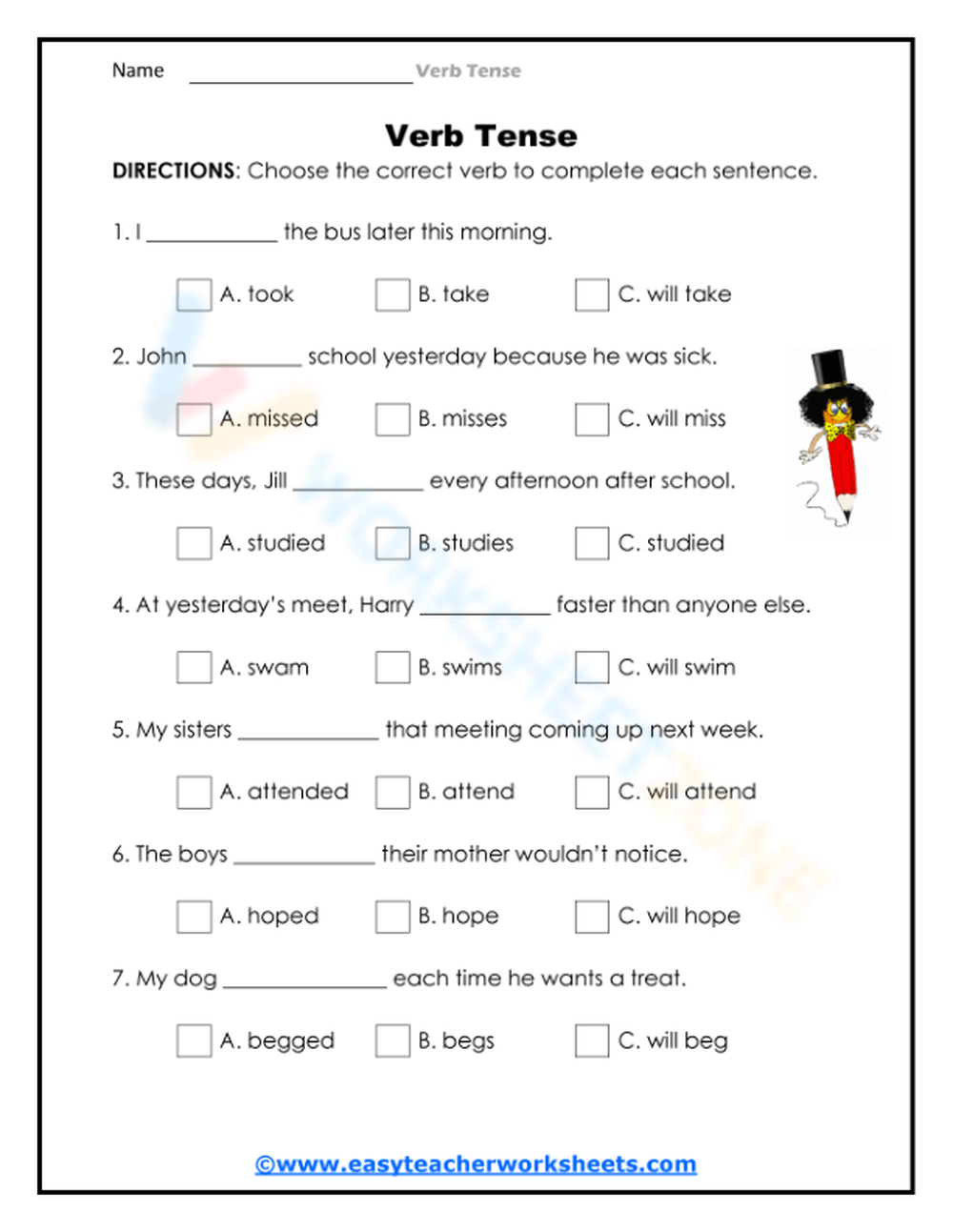When it comes to writing or speaking in English, using the correct tense of the verb is crucial for clear communication. Tense refers to the time at which an action takes place, whether it is in the past, present, or future. Incorrect use of tense can lead to confusion and misunderstandings, so it is important to pay attention to verb tenses in order to convey your message accurately.
Verb tenses can be divided into three main categories: past, present, and future. Each category has different forms and rules that dictate when and how they should be used. By understanding these rules, you can ensure that your writing or speech is grammatically correct and easy to understand.
Using the Correct Tense
One common mistake that people make when using verb tenses is mixing them up within the same sentence or paragraph. This can lead to awkward and confusing sentences that are difficult to follow. It is important to maintain consistency in your use of tenses throughout your writing to avoid these errors.
Another important aspect of using the correct tense is knowing when to use past, present, or future tense based on the context of your writing. For example, if you are recounting a past event, you should use past tense to describe what happened. On the other hand, if you are discussing a current situation or ongoing process, present tense is more appropriate.
It is also important to pay attention to verb tense agreement, which means ensuring that the tense of your verbs matches the subject of your sentence. For example, if the subject is singular, the verb should also be singular. This helps to maintain clarity and coherence in your writing.
Overall, using the correct tense of the verb is essential for effective communication in English. By following the rules and guidelines for verb tenses, you can ensure that your writing is clear, concise, and grammatically correct. Paying attention to tense can help you convey your ideas accurately and make your writing more engaging for your audience.
In conclusion, mastering the correct tense of the verb is an important skill for anyone looking to improve their English language proficiency. By understanding the rules and guidelines for verb tenses, you can avoid common errors and communicate more effectively. Practice using different tenses in your writing and speaking to become more confident in your language skills.
